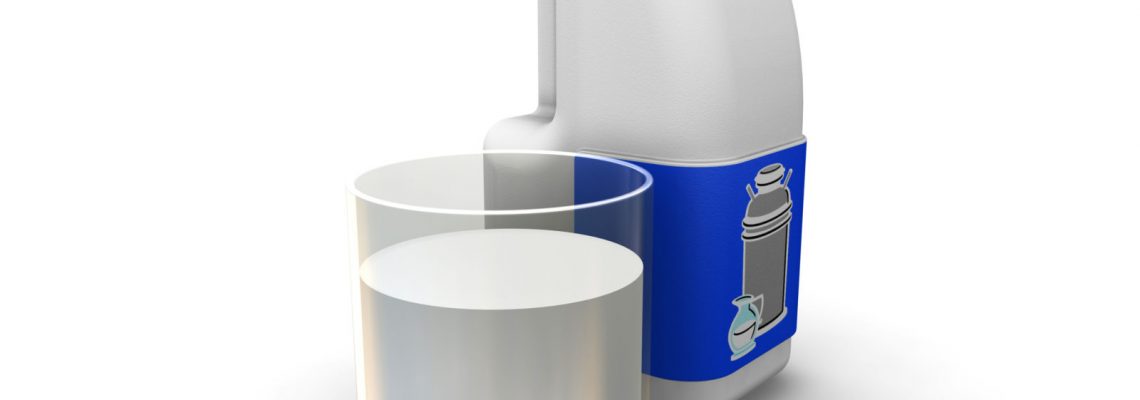To ensure the safety of food contact materials (FCM), non-intentionally added substances (NIAS) are subject to risk assessment in line with plastic food contact regulation EU No 10/2011.
As defined in EU No 10/2011, non-intentionally added substances (NIAS) are “either impurities in the substances used or reaction intermediates formed during the polymerisation process or decomposition or reaction products which can occur in the final product.” In general, the sources of NIAS include:
1. Impurities, particularly minor unknown impurities, in the raw materials and additives that are used for the production of FCM
2. Break-down products or reaction intermediates formed during polymerisation processing
3. Side products produced during the production of FCM
4. Contaminants from recycling processes, e.g. packaging materials.
The analysis of NIAS can be challenging due to the lack of knowledge concerning the chemical properties of unidentified substances. Jordi labs routinely assists its clients to overcome these challenging using the following analytical methods.
Screening Analysis
In this approach, the FCM is extracted with one or more simulant/extraction solvents and a wide range of analytical methods are used to provide maximum coverage for unknown substances. Examples of analytical techniques include:
1. QTOF-GCMS to detect volatile and semi-volatile substances
2. QTOF LCMS for nonvolatile and polar compounds
3. ICP-MS for trace elements
Quantitative Analysis
The quantity of NIAS can be determined through relative quantitation of all species detected during screening analyses. This is accomplished using a series of standards with similar chemistry to the components identified. GPC can also be used to determine the weight fraction below 1000 Mw since in most cases only NIAS up to a molecular weight (MW) of 1000 Daltons
(Da) have to be considered.
Targeted analysis
Targeted analytical methods are typically applied for the analysis of expected NIAS. In targeted analysis, internal standards which have the same or similar chemical structure compared to the NIAS under investigation will be used. Examples of analytical techniques include:
1. GCMS to quantify volatile and semi-volatile substances
2. QqQ-LCMS to quantify nonvolatile and polar compounds.





